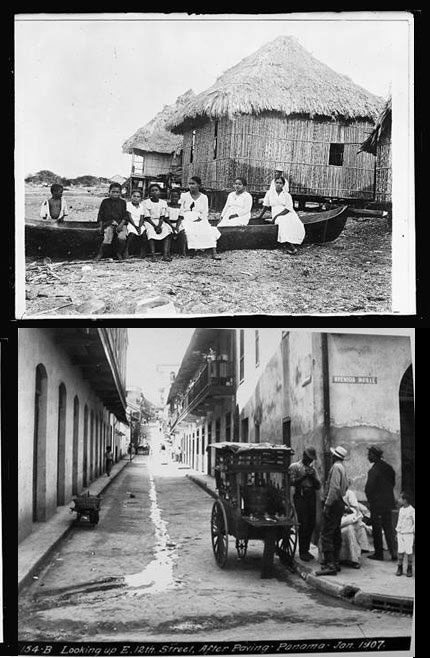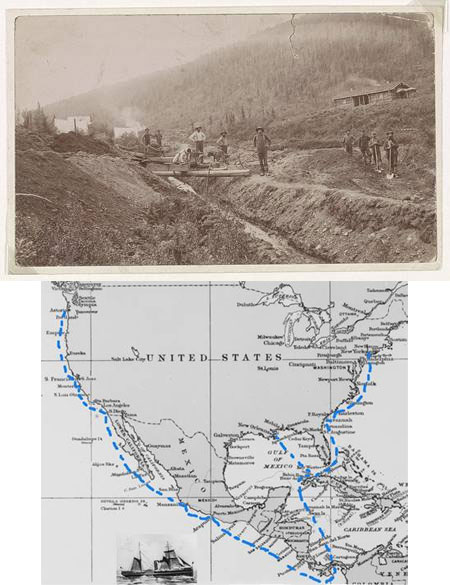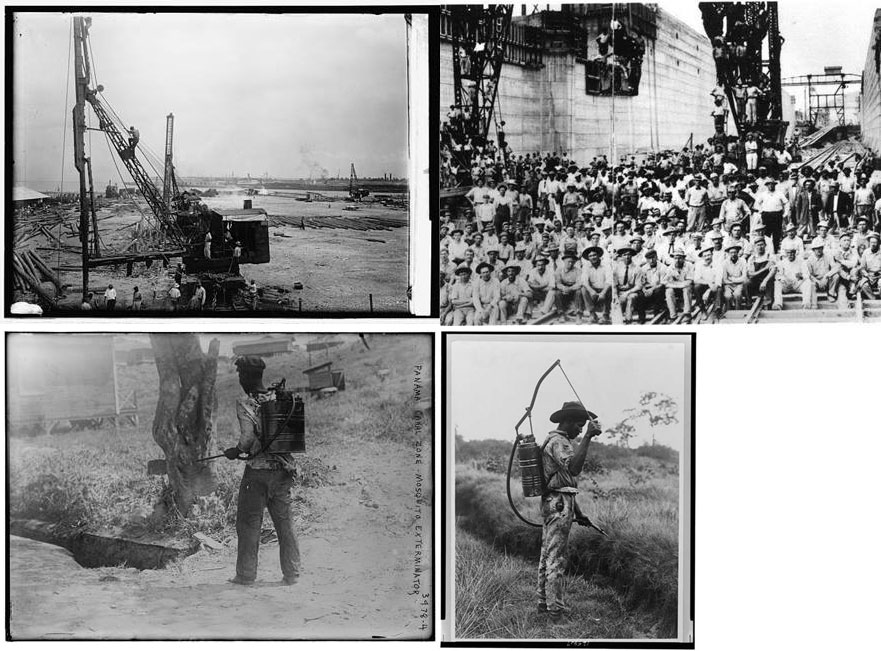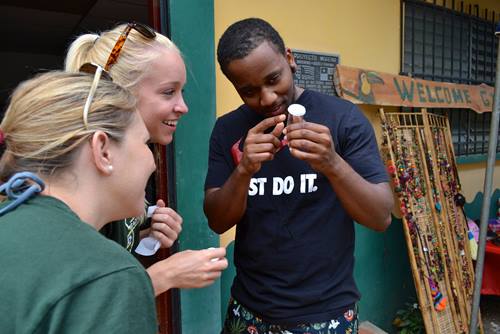COPH Panama Program
History of Public Health in Panama
To aptly understand the public health situation of a country, first we need to understand the geographic, historical, social, cultural, economic, and political environment. This is a summary that allows us to understand some of the contributions to public health that occurred in Panama.
-
Panama is a small country located in the isthmus of Central America, between Costa Rica and Colombia. It serves a natural bridge connecting Central and South America. Because of its centralized location, Panama has always functioned as a passage hub, and the constant transit persists today. In the pre-colonial period animals and original indigenous groups crossed the isthmus looking for land to establish their living areas.
Then during colonial times (1492-1821), Panama was the point where African slaves were shipped to the colonies, and the gold from the empire was sent to Europe. During this period, the health of the inhabitants was very poor, and diseases were imported from Europe and Africa.
-
The living conditions and sanitation were dilapidated, and the situation took a turn to worst during the California Gold Rush (1848-1855) in the West of the United States. It turns out, that it was easier and quicker, to travel to Panama by boat from the East coast, arrive on the Caribbean side, cross the isthmus and take another boat in the Pacific heading toward California, than to travel the treacherous journey cross country through the US.
The influx of people increased, and so did disease. Not much was being done to control infectious diseases. Then, the first transcontinental railroad was built in Panama to assist with the increasing traffic, bringing the first large wave of migration from Asia, incrementing the population by thousands, and the impact on disease incidence. At this point, no established health system existed and meager sanitation persisted.
-
Then came the construction of the Panama Canal initially by France. The French had been successful, building the Suez Canal in Egypt (1859-1869), before initiating the construction of the Panama Canal. The attempts of the construction of the Panama Canal by the French (1880-1904) were much different from their experience in Egypt. The Suez Canal was an ocean level channel in an arid terrain. Panama is depicted by mountainous topography in a tropical rainforest environment.
The French wanted to use the same type of machinery, and planned to cut a channel across the mountainous land. A second mass migration occurred at this time, bringing workers from all over the world, mostly from the West Indies. Unfortunately, the equipment was not appropriate for the terrain, and tropical diseases affected workers tremendously. The French company was unable to complete the construction of the Canal, and about 25,000 workers lost their lives, mostly from malaria and yellow fever.
-
The United States purchased the rights from the French to construct the Panama Canal, and also in exchange to support the independence of Panama from Colombia. During this period, Panama had been a forgotten province of Colombia after the failed Gran Colombia initiative (Venezuela, Perú, Ecuador, Colombia, and Panama as one country). The social and political situation allowed for the US to take over the construction of the Canal in 1903 and for Panama to become independent. The first two sectors that had to be addressed were: public health and engineering.
The contributions to both fields were tremendous. The US assigned Dr. William Crawford Gorgas in the medical arena. Diseases were controlled allowing for the construction, and an intrinsic system of locks was introduced to the Canal. Disease control included strong sanitation measures to address foodborne illness, respiratory, and tropical diseases. The first potable water and electric plants in Latin America were built, swamps were drained, mosquito control measures occurred, hospitals were constructed, training of health professionals initiated, and tropical disease research commenced.
Within a year, diseases were controlled. The Panama Canal is a prime example of the impact of global health on international trade, exchange, travel, and commerce. The knowledge gained is still applied today in the Panamanian public health system and health research activities.
YouTube Videos
- National Television. Alabama Legacy. William Crawford Gorgas in Panama
- Library of Congress-William Crawford Gorgas in Panama (Image credits: Library of Congress, 1904)
-
The public health system of Panama is universal; the constitution dictates that every citizen and resident of Panama should have access to health care. The system is divided into the Ministry of Health (40%-low cost or free of charge), Social Security System (60-80%-percentage from paycheck, no out-of-pocket), and private sector (10%-private insurance or out-of-pocket). The branches overlap because people might use more than one system. Main causes of death: cancer, cardiovascular disease, trauma/accidents. Tropical and infectious diseases persist. Lifestyle factors and inequality are major aspects that affect Panama today.




